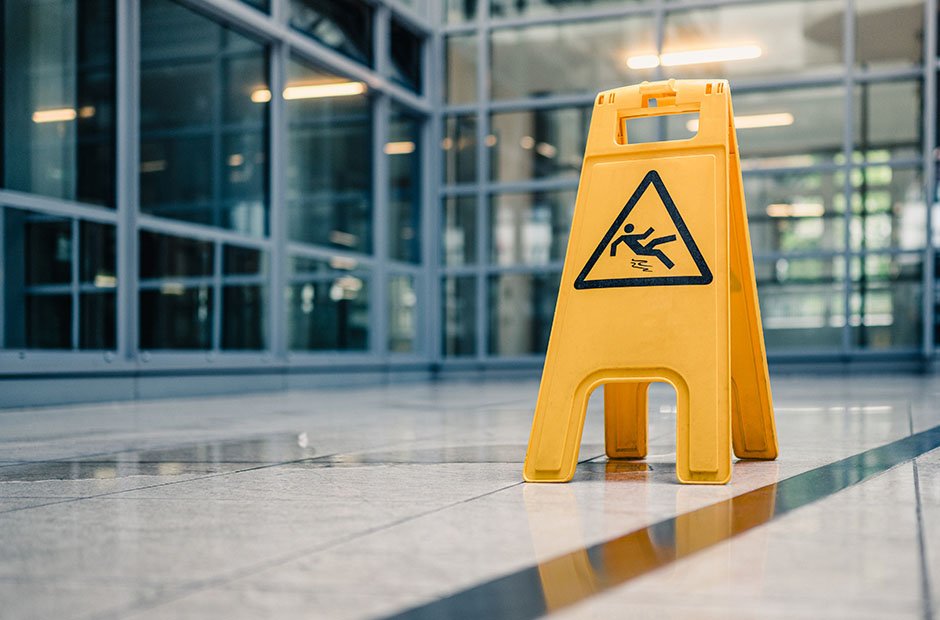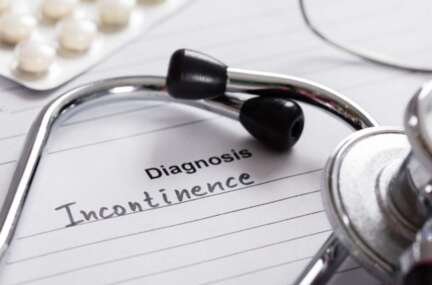Slips and falls are among the most common accidents in both public and private spaces, leading to numerous injuries every year. A key factor in preventing these accidents is understanding and managing the slip resistance of flooring. Surface friction analysis, including floor slip testing, plays a crucial role in this process by providing essential data on the safety of walking surfaces. This comprehensive guide delves into the methods and importance of assessing floor slip hazards to ensure safety for all.
The Importance of Slip Resistance
Slip resistance is the measure of how much friction a surface offers against the sole of a shoe or a bare foot. This property is critical in preventing falls, especially in places like kitchens, bathrooms, and entryways where the risk of slipping is increased due to moisture or spills. Understanding the slip resistance of flooring helps in choosing the right materials for safety and compliance with health and safety regulations.
Conducting Surface Friction Analysis
Surface friction analysis involves various techniques to measure the slipperiness of a floor surface. One common method is floor slip testing, which evaluates the friction characteristics of a floor to determine the risk of slipping under different conditions. This testing is crucial for businesses to ensure their floors meet required safety standards and to mitigate the risks of slip-and-fall accidents effectively.
Methods of Floor Slip Testing
Several standardized tests are used to assess the slip resistance of floors:
- Pendulum Test: This dynamic test measures the frictional resistance between a floor and a swinging dummy heel that simulates the motion of a foot strike. The slip potential is quantified as a ‘slip resistance value’ (SRV), which indicates the safety level of the floor.
- Tribometer Testing: Portable tribometers are used to measure the coefficient of friction (COF) of a floor surface. These devices can be used on-site, providing immediate feedback on the condition of the floor in various locations.
- Variable-Angle Ramp: This method involves a test subject or a mechanical surrogate walking back and forth on a ramp that is gradually inclined until slipping occurs. The angle at which the slip happens helps determine the slip resistance of the flooring.
Factors Affecting Slip Resistance
The slip resistance of flooring can vary based on several factors, making regular testing important:
- Material Composition: Different materials provide different levels of slip resistance. For instance, polished stone can be slipperier than textured vinyl or rubber.
- Surface Condition: Wear and tear can reduce a floor’s slip resistance. Surfaces that are scratched or worn may provide less grip, increasing slip risks.
- Environmental Conditions: The presence of water, oil, grease, or other contaminants can significantly decrease slip resistance. Environmental changes like humidity and temperature can also affect the performance of flooring materials.
- Cleaning Regime: The type and frequency of cleaning can alter the slip resistance of floors. Some cleaning agents might leave a residue that can make floors more slippery.
Improving Floor Safety
Based on the results of surface friction analysis, there are several steps that can be taken to improve floor safety:
- Appropriate Flooring Selection: Choose flooring materials that are suitable for the expected use and environmental conditions. Consider using anti-slip flooring treatments or coatings, especially in high-risk areas.
- Effective Cleaning Practices: Implement a cleaning protocol that maintains the slip resistance of the floor. Ensure that the cleaning products used do not adversely affect floor grip.
- Hazard Signage: Place warning signs in areas where slip risks are temporarily increased, such as during cleaning or spillage.
- Preventive Maintenance: Regularly inspect floors for wear and damage. Repair or replace flooring that no longer meets safety standards to prevent accidents.
Monitoring and Compliance
Ensuring compliance with health and safety standards is not just a legal requirement but also a moral obligation to prevent injuries. Regular monitoring and updating of safety practices in line with the latest industry standards are crucial:
- Routine Assessments: Conduct regular floor slip testing to monitor changes in slip resistance over time.
- Safety Audits: Perform comprehensive safety audits that include slip resistance testing as part of a broader approach to workplace safety.
- Training and Awareness: Educate employees about the importance of floor safety and the role they play in maintaining it. Provide training on how to handle spillages and report potential hazards.
A Step Towards Safer Spaces
Surface friction analysis, including detailed assessments of floor slip hazards, is a critical step towards creating safer environments in both public and private sectors. By understanding the factors that contribute to slip resistance and implementing appropriate measures, it is possible to significantly reduce the risk of falls and related injuries. Adopting a proactive approach to floor safety not only enhances compliance with safety regulations but also promotes a culture of prevention and care.







